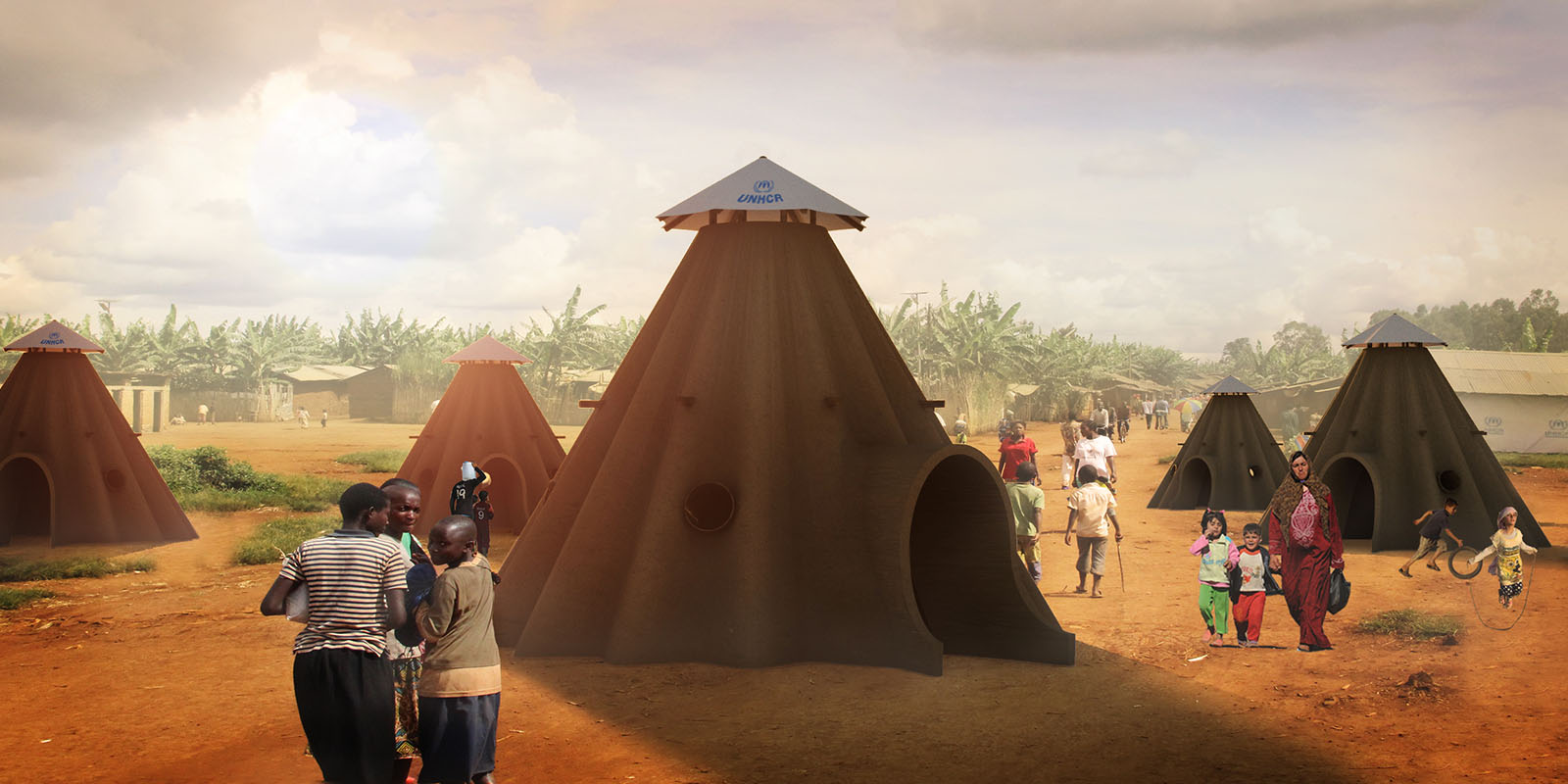Additive Earth Manufacturing for Emergency Architecture
Downloads
DOI:
https://doi.org/10.7480/spool.2019.2.4373Keywords:
soil, material, process, mixture, emergency, temporary, structure, extrusionAbstract
In recent years, natural disaster and military conflicts forced vast numbers of people to flee their home countries, contributing to the migration crisis we are facing today. According to the UNHCR, the number of forcibly displaced people worldwide reached the highest level since World War II. Post-disaster housing is by nature diverse and dynamic, having to satisfy unique socio-cultural and economical requirements. Currently, however, housing emergencies are tackled inefficiently. Post-disaster housing strategies are characterized by a high economic impact and waste production, and a low adaptability to location-based needs. As an outcome, low quality temporary shelters are provided, which often exceed by far their serving time. Focusing on temporary shelters suitable for the transitioning period between emergency accommodation and permanent housing, TERRA-ink addresses new construction methods that allow for time and cost efficiency, but also for flexibility to adapt to different contexts.
TERRA-ink aims to develop a method for layering local soil, by implementing 3D printing technologies. With the aid of such a construction system, the goal is to create durable structures that can be easily de-constructed once they served their purpose. The use of locally sourced materials in combination with additive manufacturing is investigated aiming at reductions in financial investments, resources and human labor, as well as at simplified logistics, low environmental impact and adaptability to different situations and requirements. Such a building system has the potential of combining low- and high-tech technologies, in order to facilitate a fully open and universal solution for large scale 3D-printing using any type of soil.
How to Cite
Published
License
Copyright (c) 2020 SPOOL

This work is licensed under a Creative Commons Attribution 4.0 International License.




